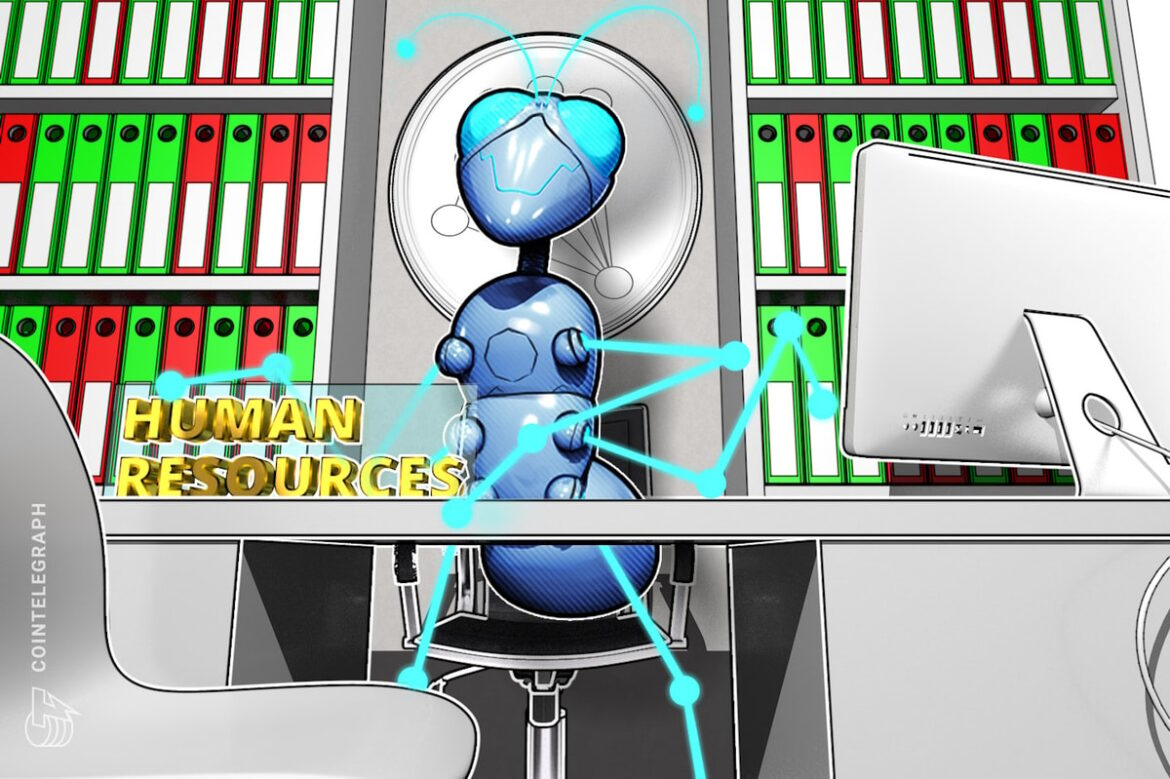The United Nations leaned into blockchain technology to overhaul its own pension system, and a study of that process concluded the innovation is the “ultimate technology for digital identity verification,” which has spurred the UN toward extending the system and sharing it with other international groups.
The UN — which has explored various blockchain uses over the years — tried it out on their United Nations Joint Staff Pension Fund (UNJSPF), according to a white paper released this week that suggested its use in confirming people’s identities can help in security, efficiency and transparency. In cooperation with the Hyperledger Foundation, the UN sought to “improve and secure the UN pension process globally by putting a blockchain-supported digital identification infrastructure into production.”
The UN pension fund had been working off of a 70-year-old system to identify beneficiaries in 190 countries, relying on a paper-based approach to prove more than 70,000 beneficiaries were who they said they were, still alive and where they claimed to be. It was prone to error and abuse, and resulted in about 1,400 payment suspensions every year, according to the document. So the organization shifted to the blockchain-powered digital certification, beginning with a 2020 pilot program and a 2021 implementation.
“The shift away from physical documentation has substantially reduced processing times previously spent on receiving, opening, scanning, and archiving paper documents,” the paper said.
The blockchain helped eliminate the single-point-of-failure problem posed by a centrally managed approach, according to the paper that detailed the process and results, with the authors suggesting its success could be repeated elsewhere. Its open access and usability by multiple entities reduces the repetitious need for identity checks, the authors found.
The UN is exploring spreading similar technology throughout its own system and sharing it elsewhere as a “digital public good,” seeking to expand the Digital Certificate of Entitlement approach to other international organizations.
“The project has provided not only a technical prototype but also an operational model for how organizations across the UN family can collaborate to design secure, scalable, and inclusive digital public infrastructure,” wrote Sameer Chauhan, the director of the United Nations International Computing Centre, in a conclusion included in the paper.







